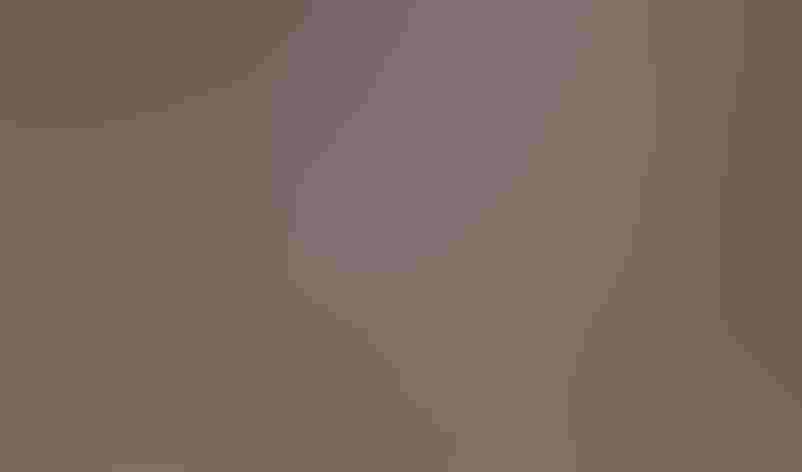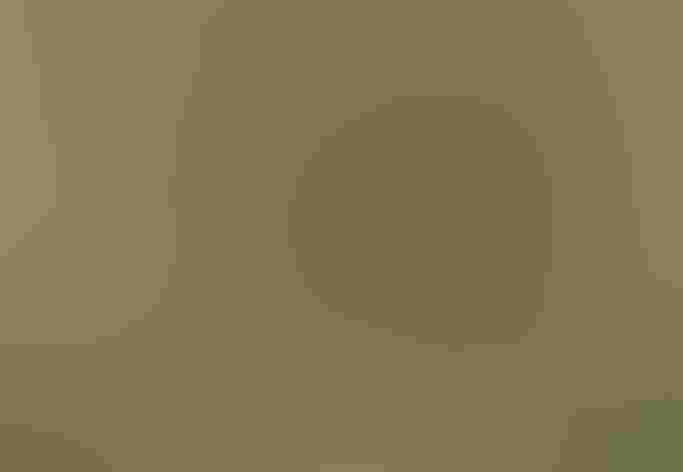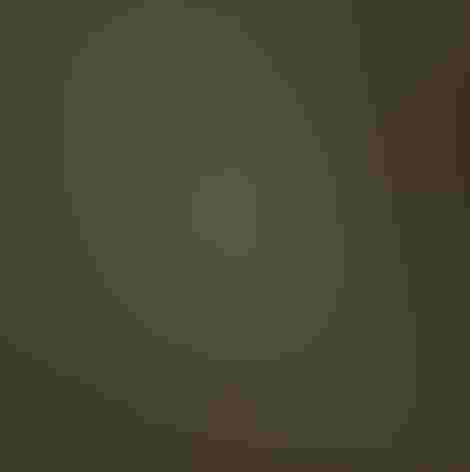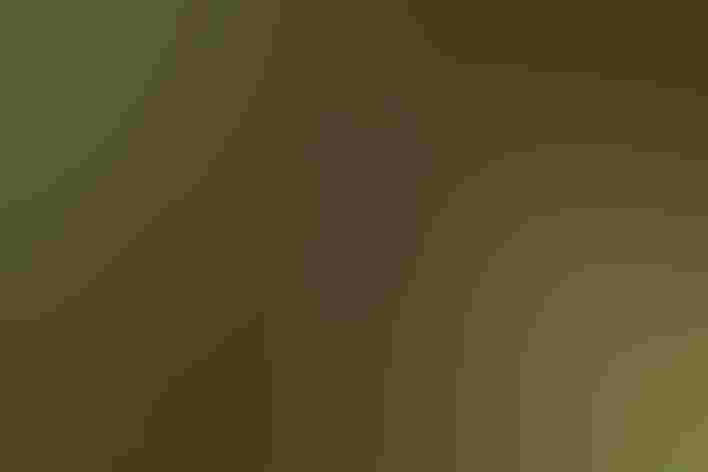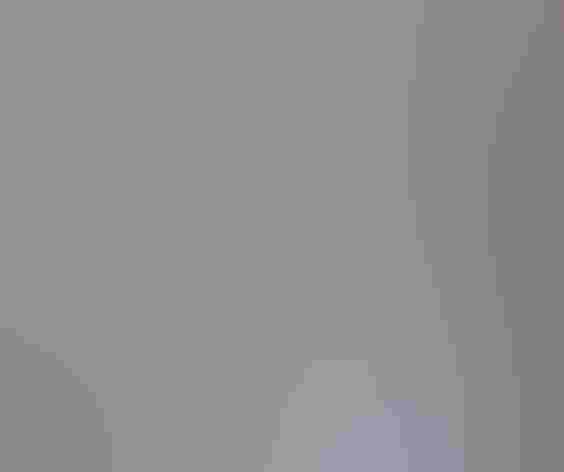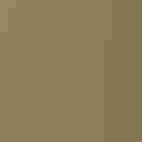Boreal Owl
At a Glance
A rather mysterious owl of dense northern woodlands. Except when calling at night in very early spring, it is easily overlooked. Until the 1970s it was not known to breed anywhere south of Canada; recent explorations have shown that it is a resident in many mountain ranges in the western United States, nesting in forest at the highest elevations. In the northeast, winter invasions sometimes bring a few Boreal Owls south to areas frequented by birders.
All bird guide text and rangemaps adapted from by Kenn Kaufman© 1996, used by permission of Houghton Mifflin Harcourt Publishing Company. All rights reserved.
Category
Owls
IUCN Status
Least Concern
Habitat
Forests and Woodlands, High Mountains
Region
Alaska and The North, Eastern Canada, Great Lakes, Mid Atlantic, New England, Northwest, Plains, Rocky Mountains, Southwest, Western Canada
Behavior
Direct Flight
Population
1.540.000
Range & Identification
Migration & Range Maps
Apparently no regular migration, but stages irregular invasions south of nesting range during some winters, probably when food is scarce on breeding grounds.
Description
9-12" (23-30 cm). Bigger and grayer than Northern Saw-whet Owl, with noticeable black rim around pale face, bill yellow (not dark). Juveniles in summer are very dark below, with white eyebrows, pale bill.
Size
About the size of a Crow, About the size of a Robin
Color
Black, Brown, Red, White, Yellow
Wing Shape
Broad, Long
Tail Shape
Rounded, Short, Square-tipped
Songs and Calls
Rapid series of whistled notes.
Call Pattern
Flat
Call Type
Hoot, Trill
Habitat
Mixed-wood and conifer forests, muskeg. Nests mostly in forests where coniferous trees such as spruce or fir are mixed with deciduous trees including aspen or birch. Such habitats are found at low elevations in the north, only in high mountains toward the south. During winter invasions, usually found in groves of conifers.
Sign up for ³Ô¹ÏºÚÁÏ's newsletter to learn more about birds like the Boreal Owl
Behavior
Eggs
3-4, sometimes 2-5 (European birds may lay more eggs). White. Incubation is by female only, 26-32 days.
Young
Female remains with young most of time at first; male brings food, female feeds it to young. After about 3 weeks, female also hunts and brings back food. Young leave nest about 28-36 days after hatching, are fed by parents for at least 2 more weeks.
Feeding Behavior
Hunts mostly at night (although nighttime is not entirely dark in summer in far north). Hunts by moving through forest from one perch to another, watching for prey, then swooping down to take prey in its talons. Can capture prey hidden under snow or under dense vegetation, because ears are adapted for precise location of sounds.
Diet
Mostly small mammals. Feeds mostly on voles and mice, also small squirrels, shrews, pocket gophers. Also eats small birds of various kinds, and insects, especially crickets.
Nesting
Beginning in late winter or early spring, male sings at night to defend territory and attract female. In courtship, male feeds female. Male sings at potential nest holes, and female apparently makes final choice of site. Nest site is in cavity in tree, usually old woodpecker hole (Northern Flicker or Pileated Woodpecker) or natural hollow, 20-80' above ground. Also will use artificial nest boxes (some populations in northern Europe nest mostly in boxes). Usually chooses new nest site each year.
Conservation
Conservation Status
Northern populations in North America probably face no immediate threats. Status of western mountain populations still not well known.
Climate Threats Facing the Boreal Owl
Choose a temperature scenario below to see which threats will affect this species as warming increases. The same climate change-driven threats that put birds at risk will affect other wildlife and people, too.

